Interaction with the continent(7)
The Border Islands Iki, Tsushima, and Goto: An Ancient Bridge to the Asian Continent

The islands of Nagasaki Prefecture between the Japanese mainland and the Asian continent have since ancient times been strategic points for maritime transport that connect the two land masses, and are bases for trade and interaction. They were deeply involved with the Korean Peninsula, in particular. During the Yayoi Period, a royal capital was built on Iki Island because of maritime trade, and after the Middle Ages, the Tsushima Islands monopolized trade and diplomacy with the Korean Peninsula and prospered as a transit trade base and place for welcoming visitors.
Between the 7th and 9th centuries, envoys were sent to the Sui and Tang dynasties, and Japan incorporated the Ritsuryo legal system, Buddhism and Chinese art, which had an enormous influence on its development as a nation and its culture.
They are a rare region that repeatedly saw harmony and conflict of the sort only possible on islands that serve as a national border, and a place visitors can experience the remnants of deep bonds between countries and peoples.
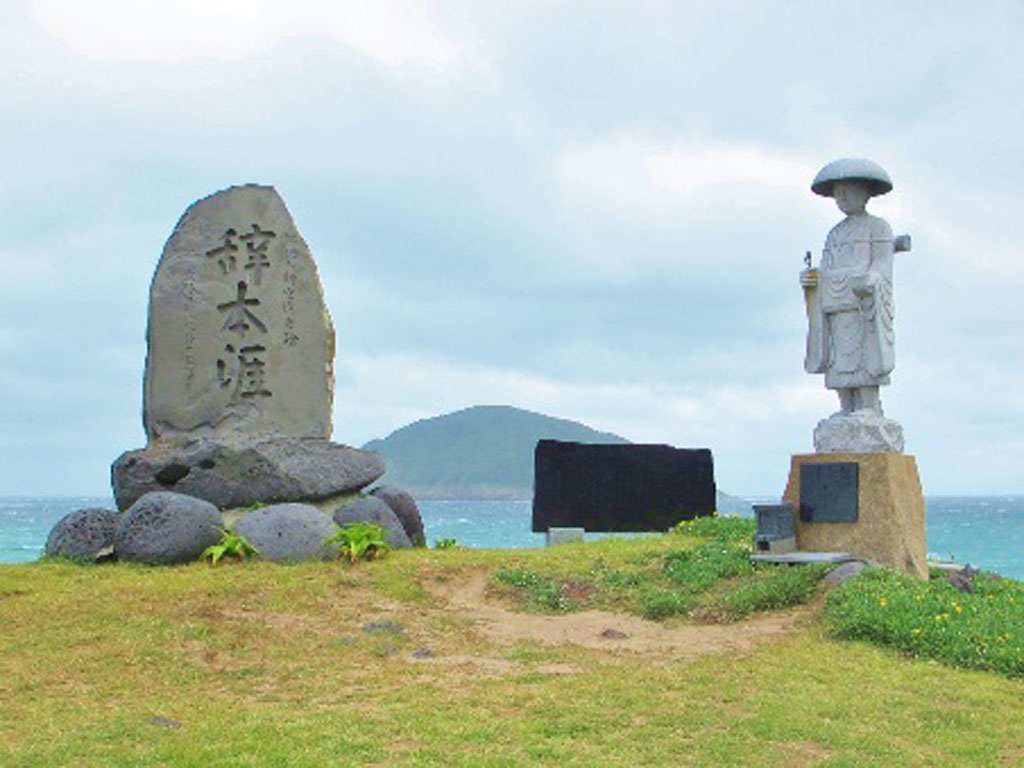
Related Spots
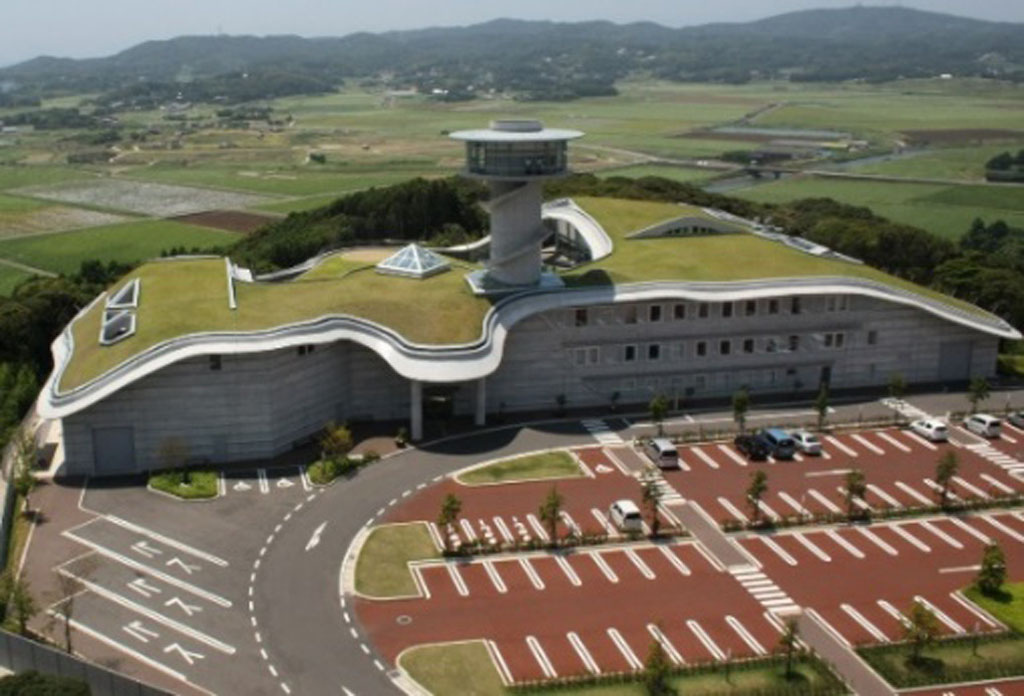
Ikikoku Museum Collection (Iki)
The Ikikoku Museum Collection exhibits materials and artifacts related to the Harunotsuji Site thought to be the ruins of the royal capital of Ikikoku written about in the “Records of Wei: An Account of the Wa.” The collection also relates to historic ruins from Iki Island.
Location: 515-1 Fukaetsuruki Fure, Ashibe-cho, Iki-shi, Nagasaki
PH: 0920-45-2731 (Iki City Ikikoku Museum)
Website: Iki City Ikikoku Museum (Japanese only)
http://www.iki-haku.jp/
Closed: Mondays (on the following day if a public holiday) and Dec 29 to 31
* Opens every day during Golden week and summer vacation.
Admission: 400 yen (general), 300 yen (high school), 200 yen (elementary/junior high)
Transportation: Approx. 20 min from Ashibe Port by car
Parking: Available (free)
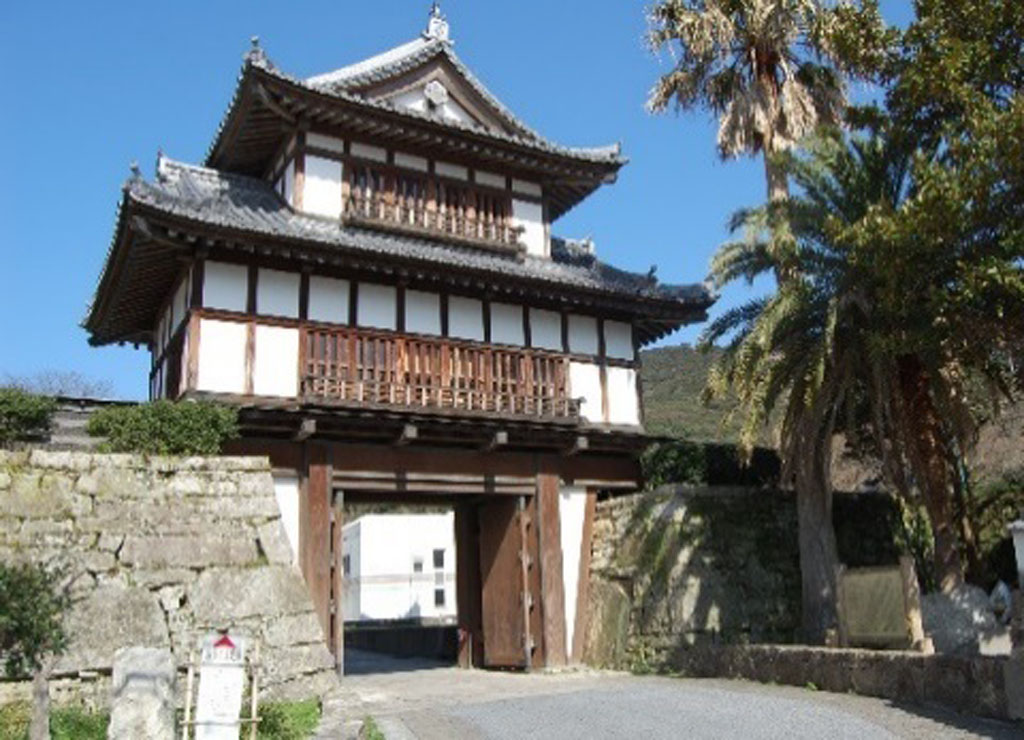
Kaneishi Castle (Tsushima)
This is the So Clan’s residence castle. Its two-story turret gate was restored in wood based on old photographs and models.
The castle ruins are a Nationally Designated Historical Landmark, and the garden excavated inside the castle is a Nationally Designated Place of Scenic Beauty.
Location: 670-1 Imayashiki, Izuhara-machi, Tsushima-shi, Nagasaki
PH: 0920-52-1566 (Tsushima Tourism Association)
Website: Tourism Promotion Division, Nagasaki Prefecture International Culture and Tourism Department (Japanese only)
https://www.nagasaki-tabinet.com/guide/815/
Transportation: Approx. 7 min from Izuhara Port by car
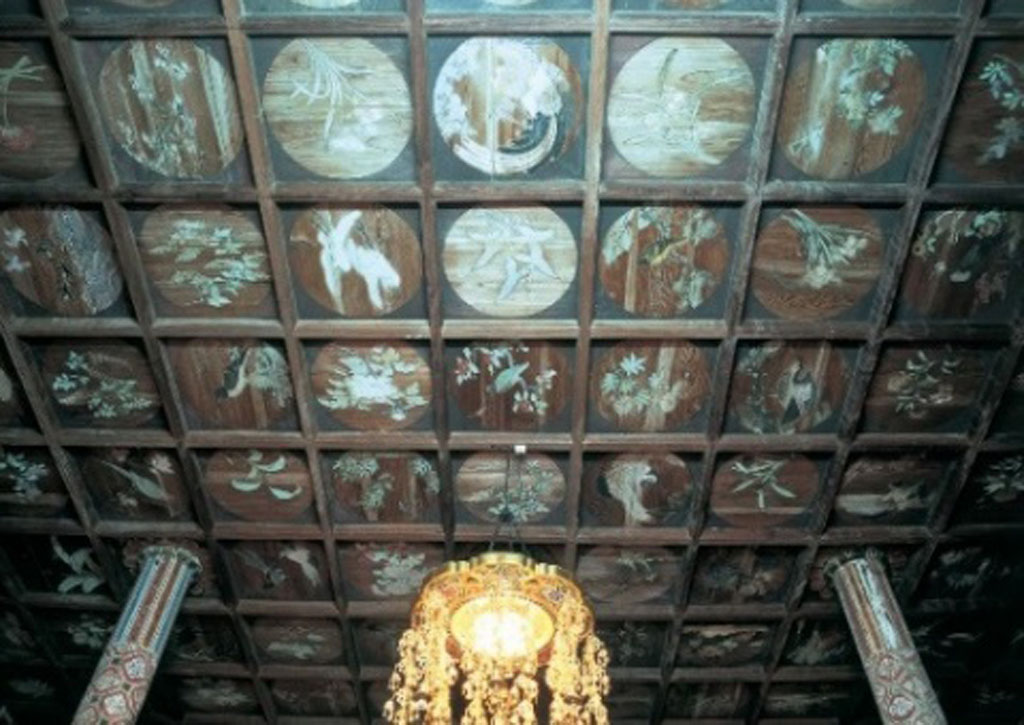
Myojoin Temple Main Hall (Goto)
Legend has it that Kukai stopped by this temple on his way home from Tang China, and the next morning he saw Venus twinkling in the eastern morning sky. Taking it for a good omen, he named the temple Myojo-an. (Myojo means Venus.)
Location: 1905 Yoshidacho, Goto-shi, Nagasaki
PH: 0959-72-2218 (Myojoin Temple Main Hall)
Website: Trip to Goto Islands (Japanese only)
http://goto.nagasaki-tabinet.com/spot/333/
Closed: Bon season, year-end/New Year holidays, unscheduled holidays
Admission: Free
Transportation: Approx. 15 min from Fukue Port by bus
Parking: Available (free)
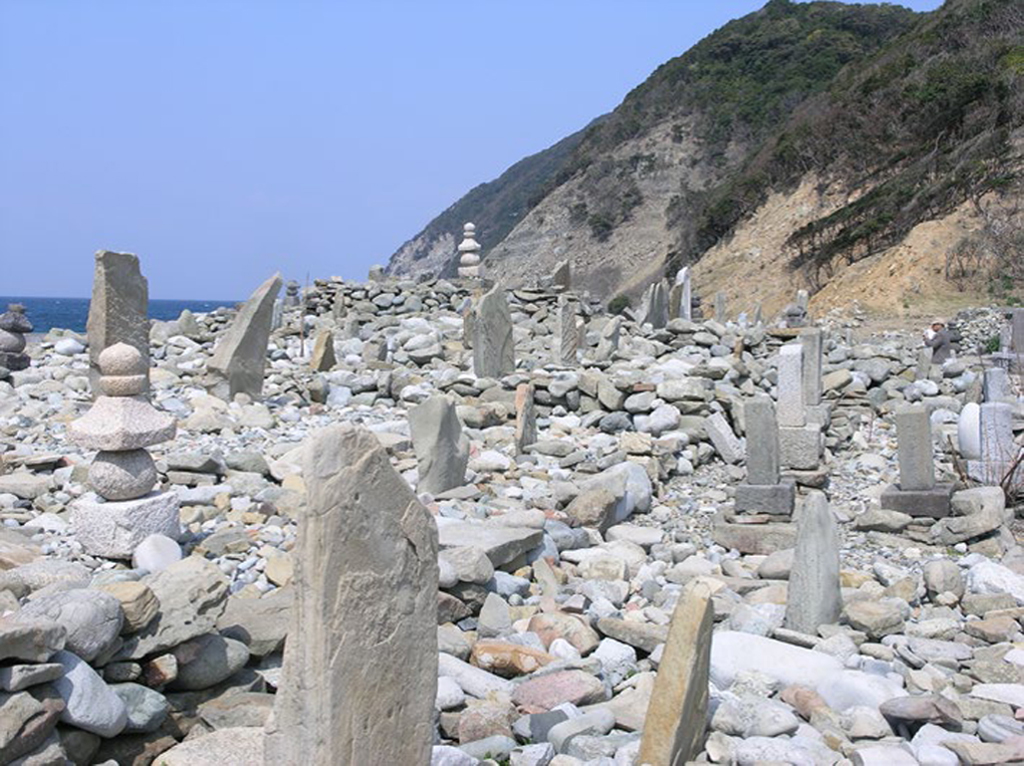
Hinoshima Stone Pagodas (Kamigoto)
There have been more than 70 stone pagodas built here from the Middle Ages to Early Modern Times. Stones called Hibikiishi from the Wakasa Bay Coast in Fukui Prefecture and granite from the Kansai Area were used to make the pagodas, which tell the story of this place prospering as a base for maritime trade.
Location: Hinoshimago, Shinkamigoto-cho, Minamimatsuura-gun, Nagasaki
PH: 0959-42-0964 (Shinkamigoto Town Tourism Association)
Website: Tourism Promotion Division, Nagasaki Prefecture International Culture and Tourism Department (Japanese only)
https://www.nagasaki-tabinet.com/guide/946/
Transportation: Approx. 45 min from Wakamatsu Port by car
Parking: Available (free)